The perfect camera, much like a camera bag, is elusive. We develop our tastes and re-shape our expectations while on this wallet-burning quest to find the one. But what do we really want?
Everyone is looking for something different. Me? Whatever it was, I wanted it to be as close as possible to the Mamiya Universal Press, except at a fraction of the size and weight.
I’m a big fan of the Mamiya Press lenses, but the body and grip, though sexy to me in their own special way, are just too extra for those times where I can’t let the gear slow me down. I also want my negs (and positives) to be YUGE, beyond whatever compact APS, 35mm, or digital I carry as my sidearm.
Maybe I could chop the top off the Press body as many folks do, several who make truly spectacular testaments to fine craftsmanship, by the way. Or as others have also done I could build something out of wood, maybe some sheet plastic. Sugru. I don’t know… oh yeah, 3D printing!
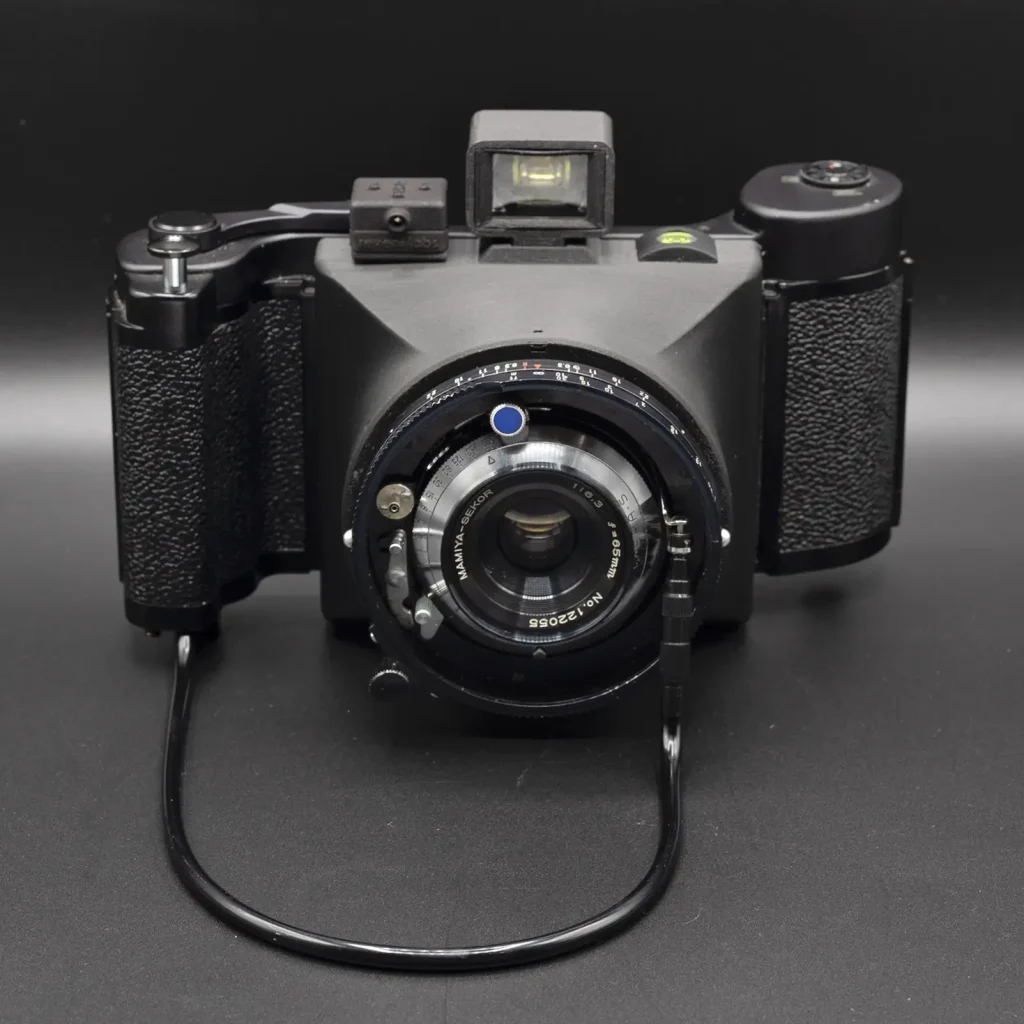
Enter the Ligero cameras
The reason I ever got into 3D printing in the first place was to fill the deep void that packfilm left behind. Once my stash started running on bingo fuel I set my sights towards hacking the Instax Wide 300. The chase had begun.
While I enjoy Instax Wide a ton, that 600-type Polaroid is a big flirt and lured me with its gaze. I felt inspired to make a body frame with legos built around it, combining Press lenses with an integral film back. It still wasn’t packfilm quality, so I woke up from this Polaroid trance.
Having scored some One Instant film, things took a turn back to pack-town. I began working on a body for the Mamiya Press Polaroid back that would feel as light and slim as possible. Something I could take everywhere and just get it all over with. I called this one the LigeroPress, with “Ligero,” pronounced lee-hair-oh, meaning lightweight or quick in Spanish.
Things were looking up, and the first prototype gave great results. But it was missing a grip. I looked to the other components in the Mamiya Press ecosystem for inspiration. That’s when I saw the neglected Model 3 back strapped to heavy Mama Mamiya on my shelf begging for a new life. Maybe it was time to put “instant” desires to rest, and concentrate on a dream roll-film shooter. My focus shifted to 6×9, and the Ligero69 was born.
Design driven by on-the-go performance
The Ligero69 integrates Mamiya’s M-adapter into its body. This immediately limits its flexibility, but as a compromise to designing lines that match up to the back. Though one can definitely have a fun time using one of the older and much lighter roll film backs, and even the relatively tiny focusing 2.25” x 3.25” cut film holder for an incredibly smaller and lighter setup, the Ligero69 really shines with the Model 3 6×9 back.
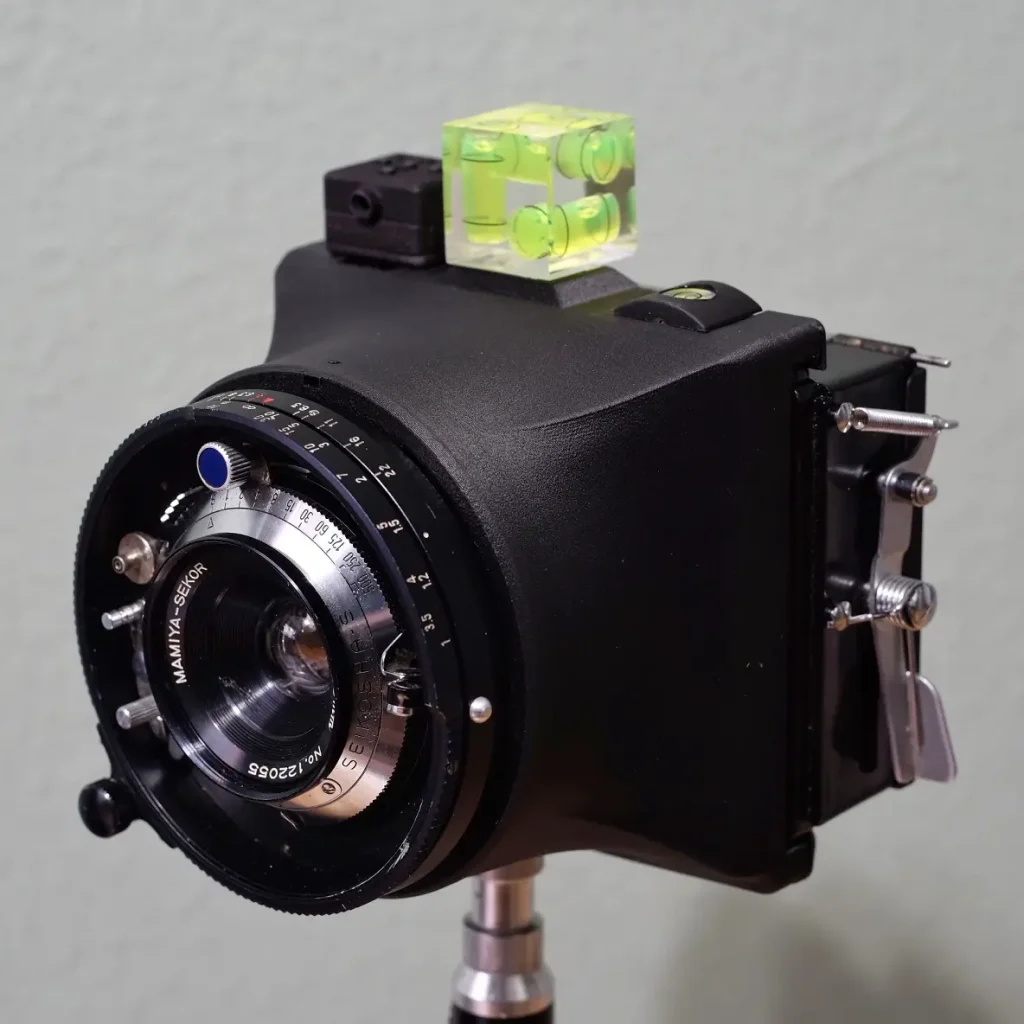
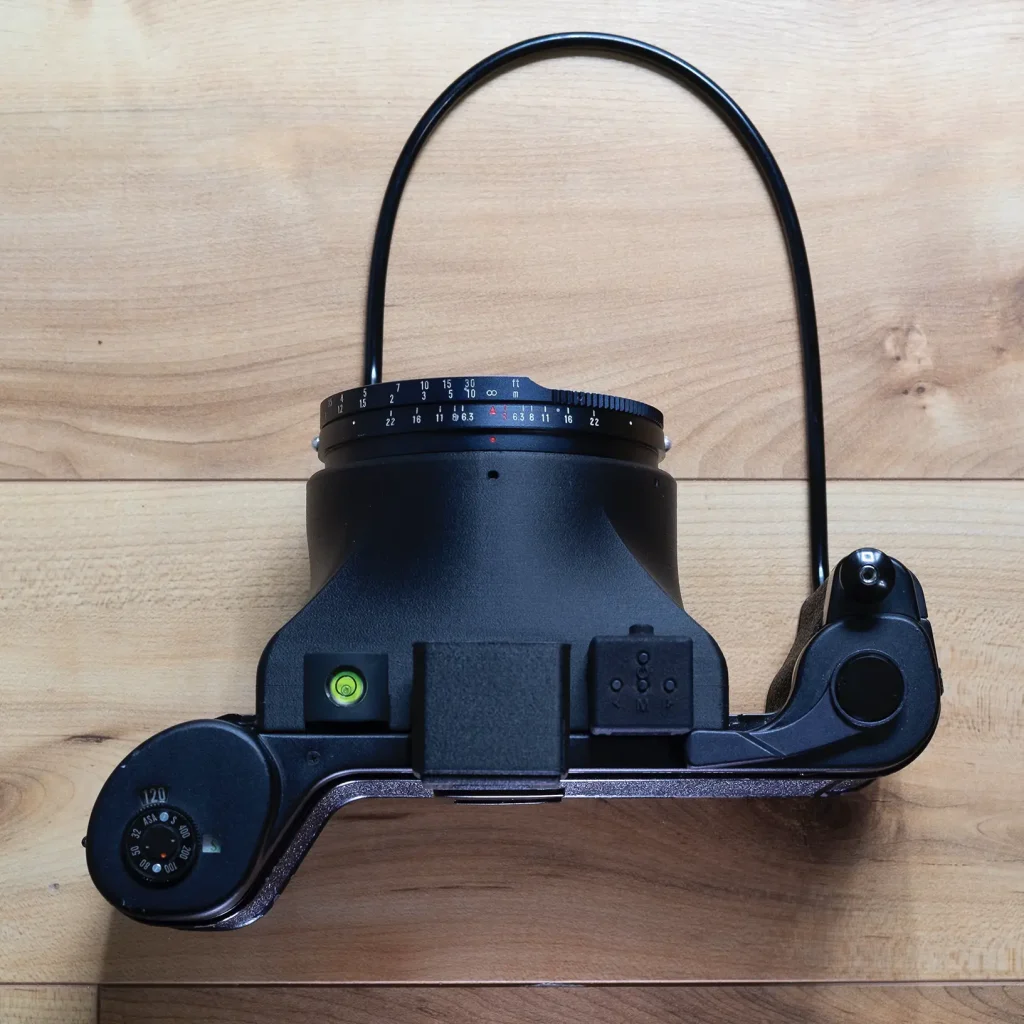
The main advantage of any roll film back in this system is that the S shape of the back creates a grip on each side, and keeps the film nice and flat. The Model 3 back, however, helps avoid mistakes commonly made on fully manual non-native platforms. For example, if using its built in shutter release, the Model 3 back will not fire if the darkslide is still in. And then once in use, the button won’t work again until the back has been advanced to the next frame. For multiple exposures, just hold the reset lever on the back and lightly slide it to the left with the thumb as the shutter button is depressed, and repeat as needed.
The rounded underbelly edges and corners of the body help avoid hot spots. Cradling the bottom of the lens cone feels very comfortable in the hand, and natural. This is especially helpful when not using a shutter release cable, as the index finger will be in an ideal placement to release the shutter manually on the lens.
At the bottom is a ⅜” to ¼” reducer bushing for tripod or monopod connectivity. My personal setup includes the SpiderLight holster and the Peak Design Capture, both of which have Arca-Swiss compatible plates, so accounting for these style of plates was important. Also below is the locking mechanism for the back. A bar slides up into locking position or down to remove the back. Adjust two tightening bolts as needed.
There is a raised cold shoe on top of the body for viewfinder attachments. Flanking it are two recessed cold shoes that I designed around bubble levels and leveling cubes, as well as the Reveni light meter. When using the taller Models 1, 2, and 3 backs, the outer cold shoes are blocked in by the back to help keep any loose attachments from flying off.
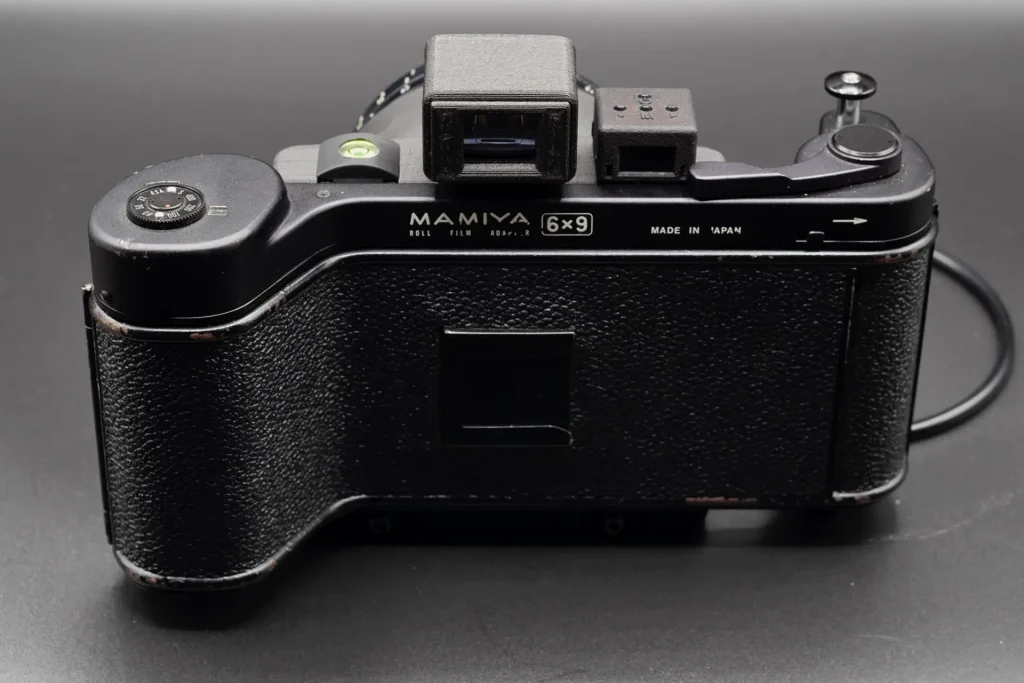
My lens of choice for this setup is the hockey puck sized Mamiya-Sekor 65mm f/6.3 lens, which gives about a 28mm full frame equivalent. The lens mount is designed so that the plastic helps create a friction mount with no other locking mechanism necessary that could influence a larger camera design. It’s not ideal but locks very snugly for most lenses, and has an available set screw that can be used for extra security.
The 6×9 setup seen in the images above weighs about 1245g with lens, compared to 2495g if all I did was switch to the Mamiya Universal Body. The Ligero69 body cuts half the weight alone. I can now in good conscience remove the Texas Leica from my bucket list. Is my chase over??
Bla, bla, bla. What kind of images does it make?
Ok, ok. Here are a few images from the very first test rolls I ran through the camera. Minus some exposure errors here and there (try shooting full manual around a Blue Heeler), there is really nothing different one should expect compared to a Mamiya Universal Press, or its siblings and related mods.
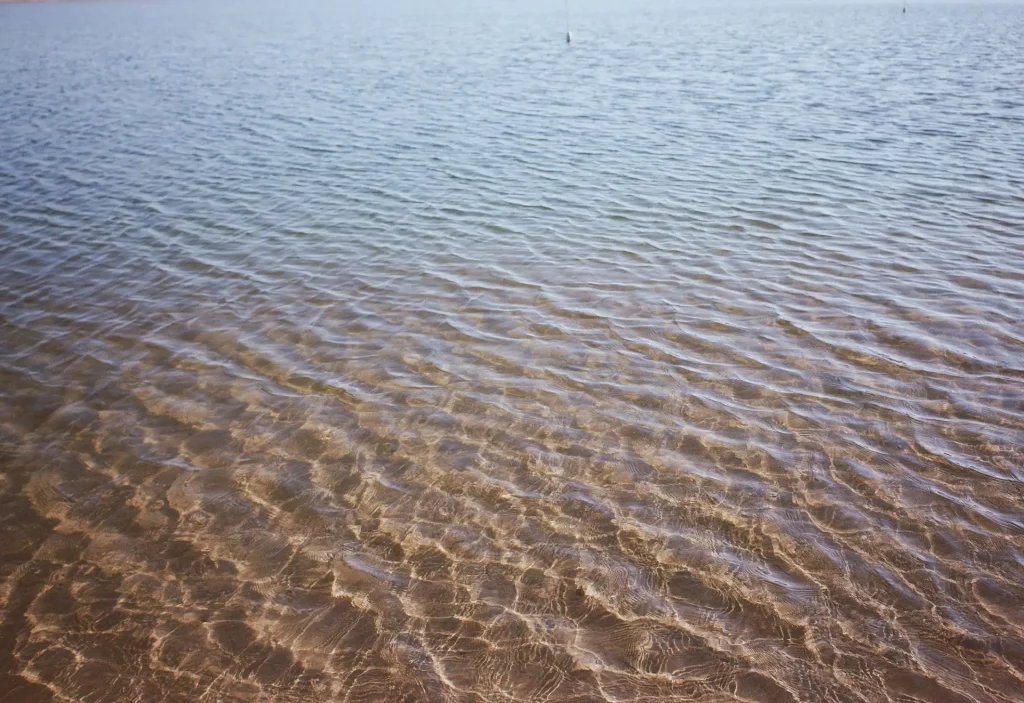
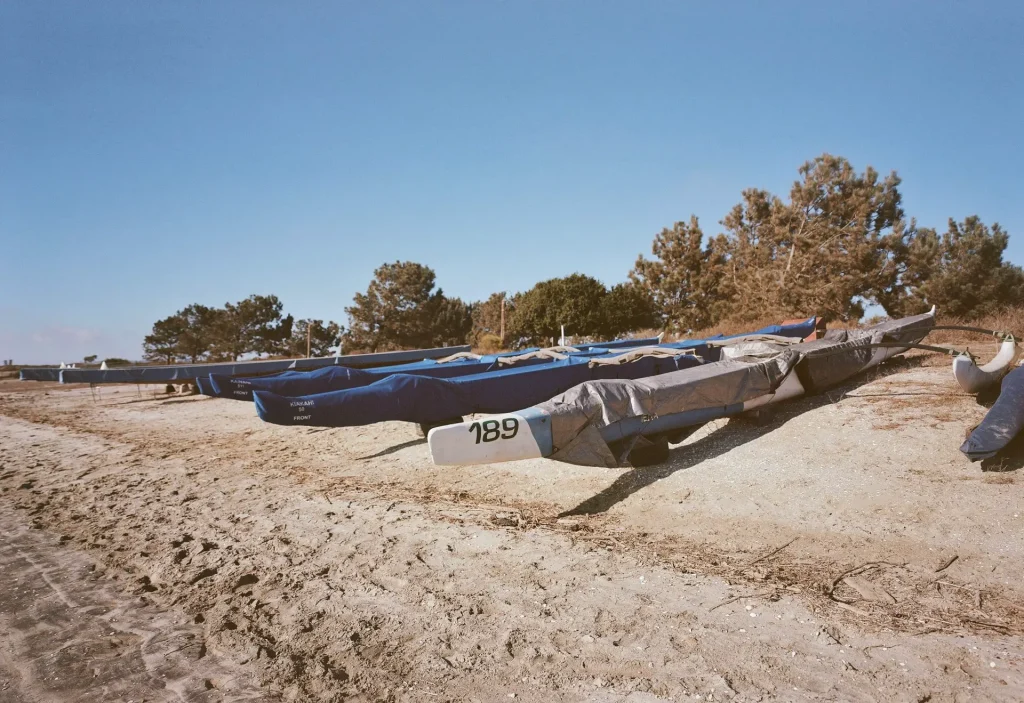
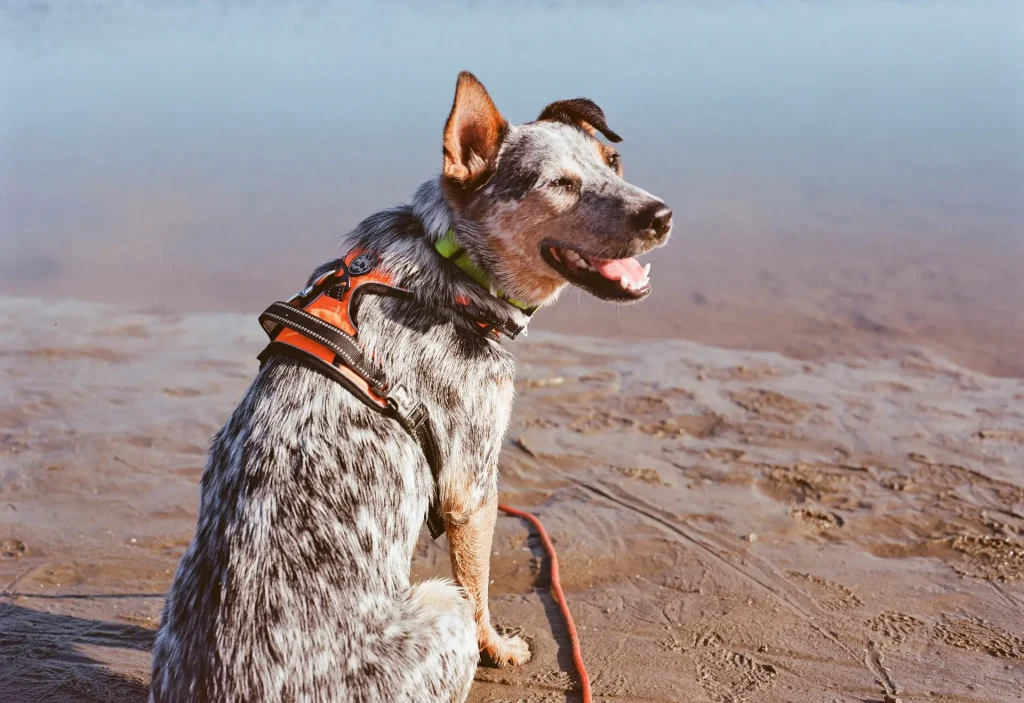
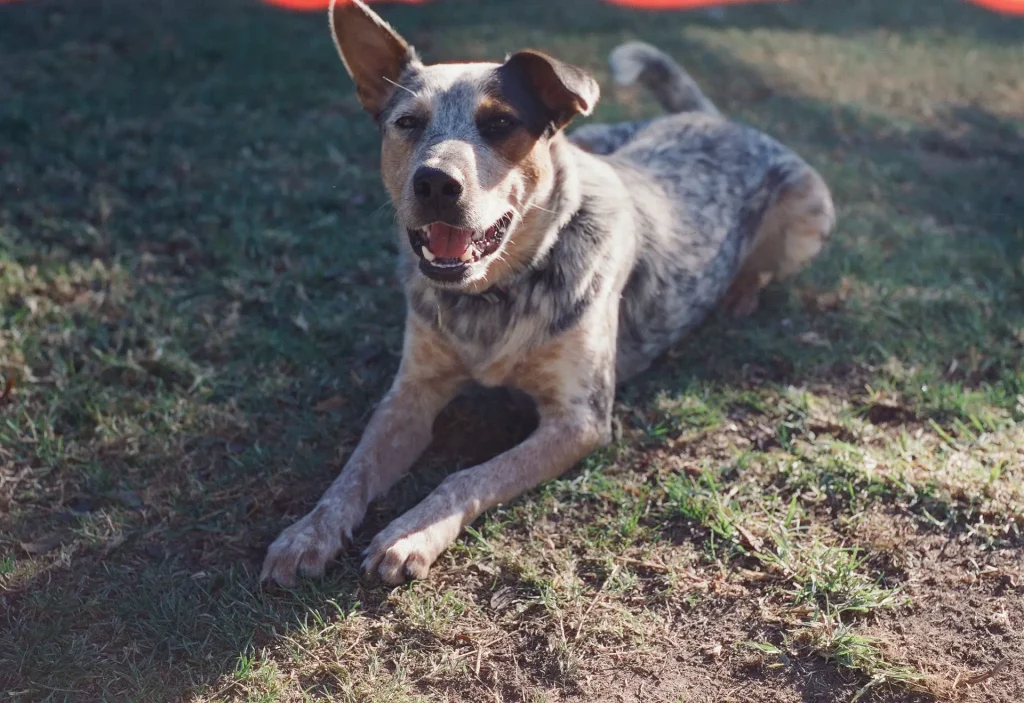
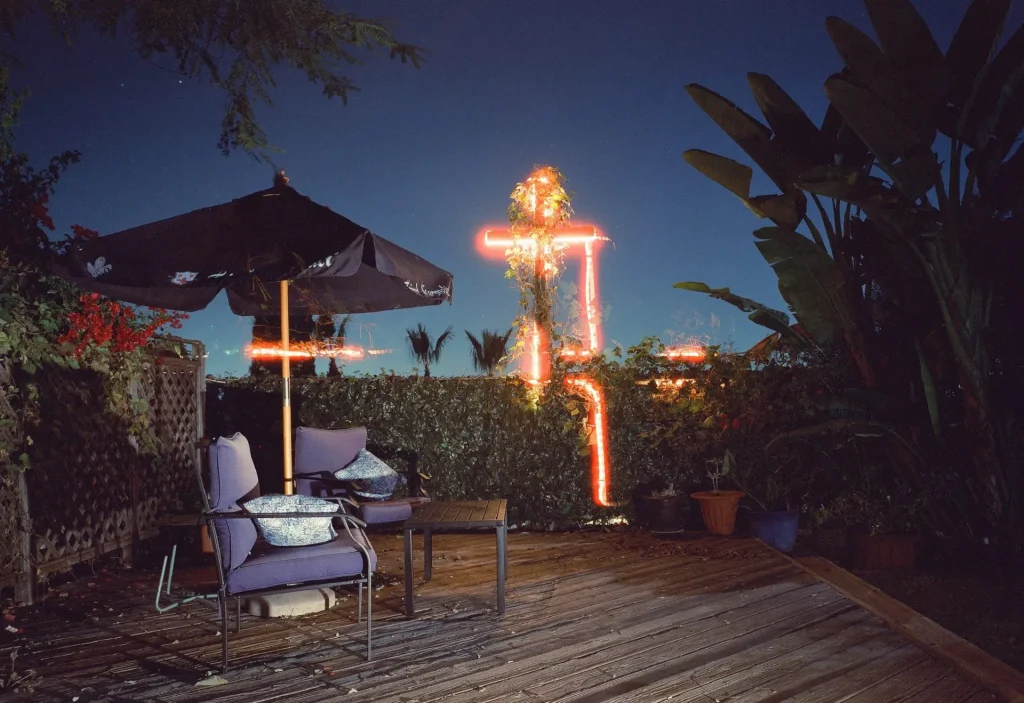
What’s next for the Ligero cameras?
The LiegeroPress packfilm body is completed and available for download. I am done modifying the Ligero69 for my tastes, and the files are now released. The files for both camera bodies are available on PrusaPrinters or Thingiverse so that tinkerers out there can go wild with it. I also have working prototypes using Ektar 105mm f/3.7 and 127mm f/4.7 lenses, and have begun working on a body for Nikkor-SW 65mm f/4 lenses.
I am also making a limited run of the Ligero69 if anyone would like a body printed from the same high temp and impact performance carbon polycarbonate material I like to use. Included is a shutter release cable and holder that clips onto the grip of older Mamiya Press backs if you don’t have the Model 3, or you can grab the body only if you do.
If you decide not to print this camera, or buy it. Or can’t. Or if this style is not your cup of tea, try to find something that might be. Give it a shot if you feel you need something to spark your creativity. 3D printed cameras are a worthwhile experience, and a fun way to add variety to your craft. Most are going to be based on the Mamiya Press and RB67 systems, with some Graflok, Hasselblad, and Large Format creations here and there, giving you known quality to build around. There’s something for everyone, and by all means please buy them all if you can and support the great makers out there trying their best to help keep film photography fresh. That kind of GAS is always pardoned in my book!
Thank you for reading.
IG: @maxWanderlush
www.sprkplg.com
PrusaPrinters Files
Thingiverse Files
Share this post:
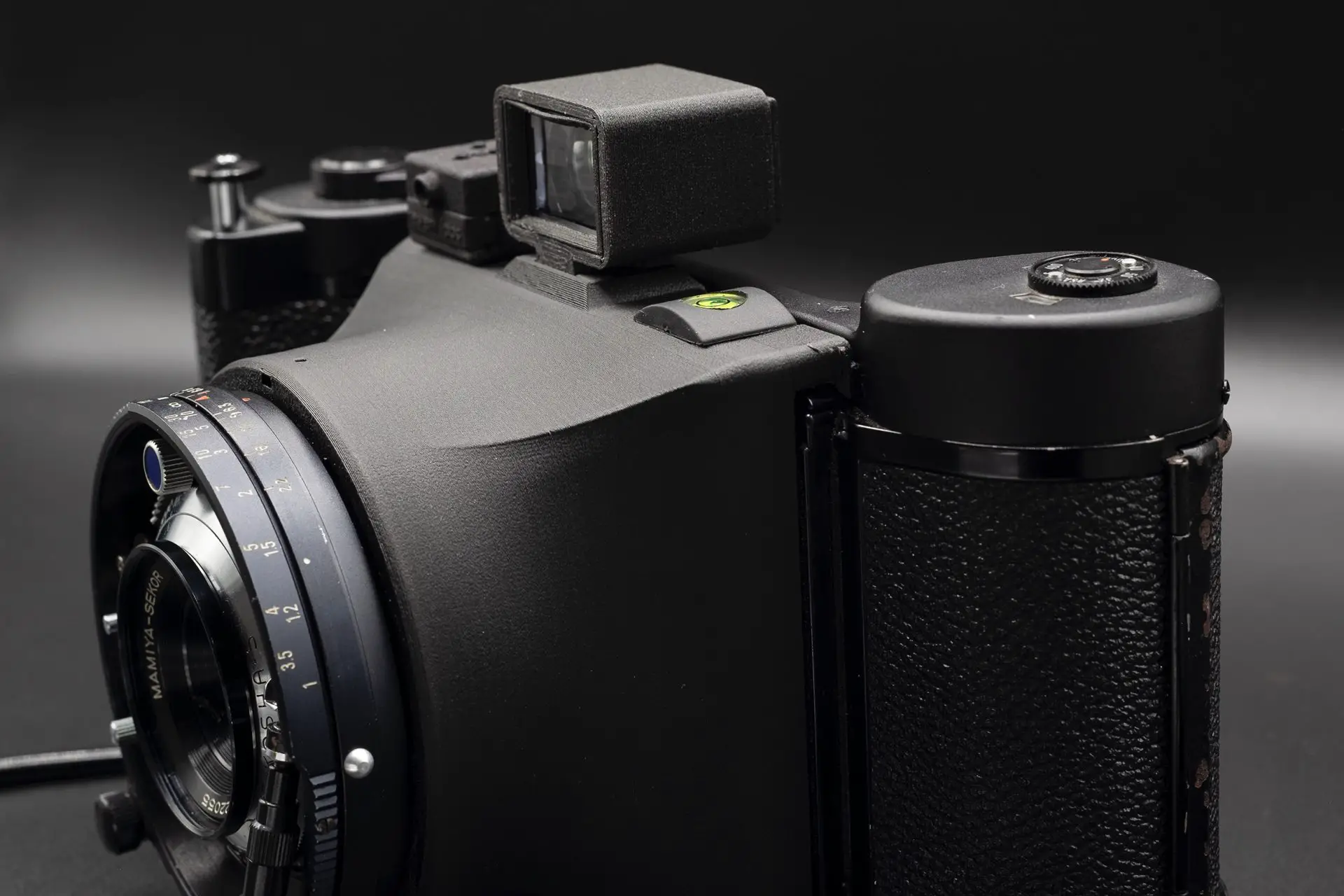








Comments
Harry Machold on Ligero69 – Chasing My Perfect Camera – By Mario M.
Comment posted: 29/12/2020
thank you for taking the effort to keep us posted about your project here. I love the outcome so much. The images are what I would look for when using this camera you have created.
May I ask what a complete set would be about; one ready to go?
Please take my question as a compliment and not as an insult here.
The double exposure is outstanding...
Best regards from Baden in Austria
Harry
Comment posted: 29/12/2020
Ben Garcia on Ligero69 – Chasing My Perfect Camera – By Mario M.
Comment posted: 29/12/2020
Alex Vye on Ligero69 – Chasing My Perfect Camera – By Mario M.
Comment posted: 29/12/2020
Nico on Ligero69 – Chasing My Perfect Camera – By Mario M.
Comment posted: 29/12/2020
Dr J on Ligero69 – Chasing My Perfect Camera – By Mario M.
Comment posted: 29/12/2020
The only thing missing here is honestly some kind of rangefinder, although it would add weight and bulk to the camera. I imagine focusing with this camera requires some practice.
Comment posted: 29/12/2020
Comment posted: 29/12/2020
Alexander Seidler on Ligero69 – Chasing My Perfect Camera – By Mario M.
Comment posted: 01/01/2021
Shooting the Ligero 3D-printed Press camera – Style over Substance on Ligero69 – Chasing My Perfect Camera – By Mario M.
Comment posted: 26/01/2021